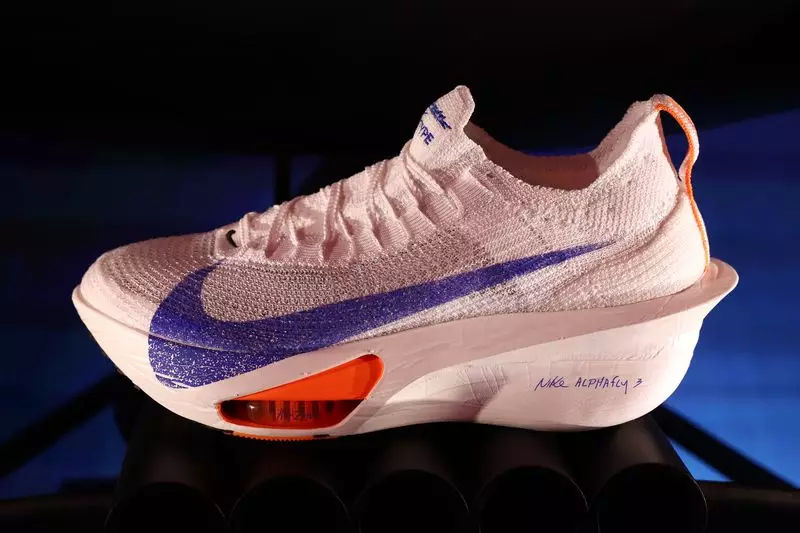Nike, the globally recognized sportswear giant based in Beaverton, Oregon, has faced significant challenges in maintaining its foothold in the competitive sports apparel market. Following a quarterly earnings report that exceeded many analysts’ expectations, the company’s stock initially shot up, only to reverse its gains due to a lackluster forecast for the coming months. This volatility reflects deeper issues within the company, as new CEO Elliott Hill steps into a tumultuous environment, necessitating strategic changes to reclaim market leadership.
Anticipating a decline in revenue by low double digits in the upcoming quarter, Nike’s outlook has raised concerns among investors and analysts alike. The projection contrasts sharply with analysts’ expectations, which anticipated a softer fall of around 7.65%. With such predictions, Nike underscores the depth of its current challenges, suggesting that while the company shows signs of operational resilience, external factors and competitive pressures may significantly hinder immediate recovery.
The stark admission from Hill regarding the short-term “pain” that would accompany a return to core business values highlights the misalignment that had developed in Nike’s recent strategies. Once synonymous with sports and athletic culture, questions arise about the company’s identity and its commitment to innovation and quality.
Financial Highlights and Performance Metrics
In the latest earnings report, Nike posted earnings per share of 78 cents, topping analyst forecasts of 63 cents. However, behind these seemingly positive numbers lies an undeniable truth: overall net revenue fell 7.7% to $12.35 billion, although less severe than expected. The performance of newer products, particularly in its footwear line, indicated a previous misstep that may have been corrected by timely product launches. Still, even with a short-term earnings beat, the broader narrative remains disconcerting.
The market reaction was reflective of this duality. While initial enthusiasm led to an 11% surge in share price, that momentum quickly evaporated as Hill and CFO Matthew Friend outlined tempered guidance. This dynamic illustrates the ongoing skepticism among investors concerning the brand’s capacity to navigate these turbulent waters and adapt to rising competition.
The appointment of Hill, a long-time Nike veteran, signals a potential cultural shift within the company. His commitment to restoring Nike’s “obsession with sport” resonates with many longtime fans of the brand who seek a return to the company’s roots. However, the path to recovery is far from straightforward. Hill’s plan to reinvigorate retail partnerships has resonated positively with key retail stakeholders, implying a recognition of the necessity for a united front in the market.
Moreover, Hill’s acknowledgment of the brand becoming “far too promotional” is a critical insight. Over-reliance on discounts and markdowns can dilute brand equity and disrupt the retail landscape. Thus, Hill’s emphasis on curtailing promotions reflects a renewed focus on enhancing profitability not just for Nike but also its retail partners. Reinstating pride in brand value without deep, constant discounts could be crucial to reestablishing consumer trust and loyalty.
Future Investments and Focus Areas
Looking ahead, Hill has indicated that Nike’s turnaround strategy involves a multifaceted approach that revitalizes product lines across several key areas. With many competitors enhancing their offerings, particularly in comfort and performance, Nike’s strategy to invest in iconic franchises such as Air Max, Jordans, and running shoes embodies a targeted response to market trends.
Additionally, Hill has placed emphasis on expanding investments in sports categories beyond just footwear to include football, basketball, and training gear. This diversification is essential not only for attracting a broader consumer base but also for solidifying Nike’s position as a leader in the sports industry.
Despite some positive indicators in the recent earnings report, the picture for Nike is far from rosy. Investors should remain cautious as the company confronts substantial challenges stemming from both internal missteps and an increasingly competitive landscape. It is clear that the journey to reposition Nike once again as the preeminent brand in sports apparel will require significant time, investment, and strategic recalibration. The commitment from leadership offers hope, but the execution of this vision will ultimately determine the brand’s path moving forward.

